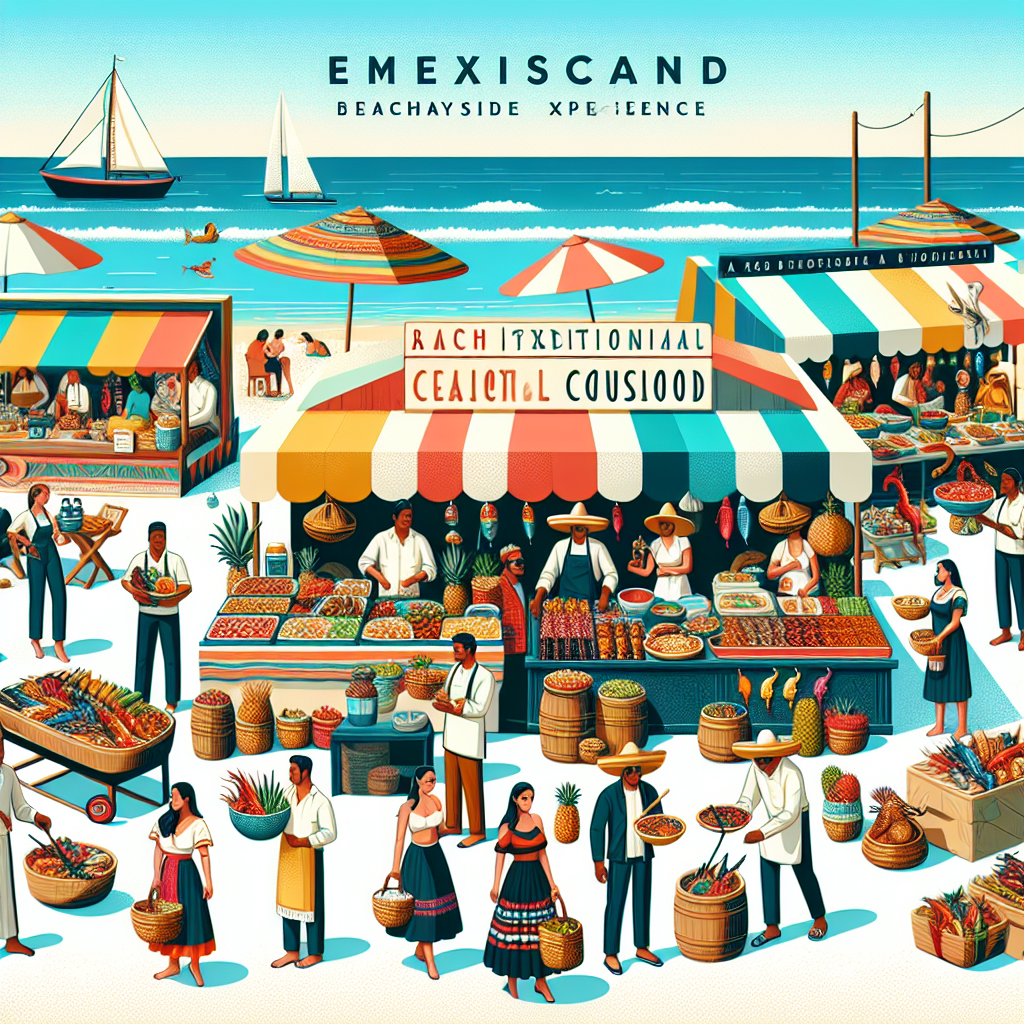Embark on a culinary adventure along Mexico’s picturesque coastlines and indulge in the vibrant flavors that await you. In this article, we will explore the diverse and delectable cuisine found along Mexico’s beaches. From savoring fresh seafood delicacies to sipping tropical cocktails, you will uncover the mouthwatering dishes that make Mexico’s beaches a food lover’s paradise. Get ready to tantalize your taste buds as we dive into the flavorsome world of Mexico’s coastal culinary delights.
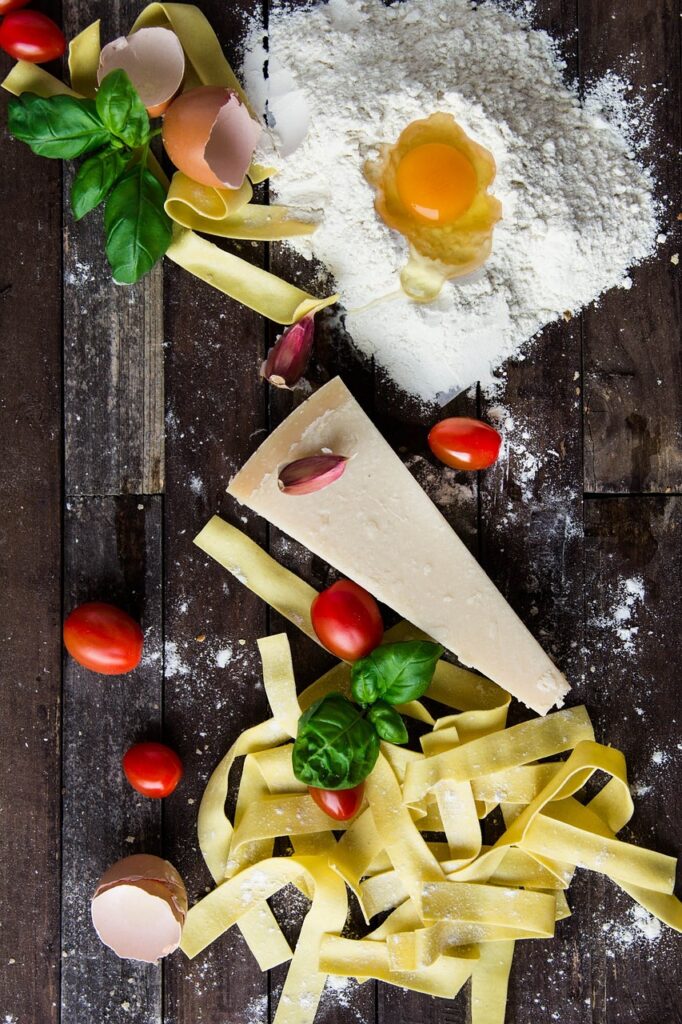
1. Overview of Mexico’s Culinary Scene
Mexico is known for its vibrant and diverse culinary scene, which is deeply rooted in its rich history and cultural heritage. Traditional Mexican cuisine reflects a blend of indigenous, European, African, and Caribbean influences, resulting in a unique and flavorful gastronomy. From regional specialties to street food and fusion cuisine, Mexico offers a wide range of culinary experiences for food enthusiasts. Traditional cooking techniques and popular Mexican ingredients play a crucial role in creating authentic Mexican dishes, while modern culinary innovations add a contemporary touch to the country’s gastronomic landscape.
2. Coastal Cuisine of Mexico
Mexico’s coastal regions boast a delectable array of dishes that showcase the country’s love for seafood and fresh ingredients. With its extensive coastline, it’s no surprise that seafood and fish feature prominently in coastal cuisine. From ceviche, a classic coastal dish made with marinated raw fish, to tacos de pescado, grilled or fried fish served in a tortilla, coastal cuisine in Mexico is a seafood lover’s paradise. Regional specialties like mariscos, seafood delicacies, and coconut-inspired dishes bring unique flavors to the table. Barbecued meats and seafood, prepared using buried cooking techniques, are also popular in coastal regions such as Veracruz, Yucatan, and Baja California.
3. Authentic Beachside Restaurants in Mexico
If you’re looking to savor the flavors of Mexico’s coastal cuisine while enjoying breathtaking ocean views, be sure to check out these authentic beachside restaurants. The Riviera Maya offers some of the best beachside dining options, where you can indulge in fresh seafood and Mexican specialties while feeling the sand between your toes. In Cancun, you’ll find top coastal dining spots that combine stunning views with delicious cuisine. Playa del Carmen is home to hidden gems that serve up mouthwatering dishes using locally sourced ingredients. For a unique culinary experience, head to Tulum, where beachfront eateries offer a blend of international and Mexican flavors. From seafood shacks in Puerto Vallarta to coastal eateries in Acapulco, there’s no shortage of beachside gastronomy in Mexico.
4. Traditional Beachside Dishes of Mexico
When it comes to traditional beachside dishes in Mexico, there are plenty of options to satisfy your taste buds. Coctel de Camarones, Mexican shrimp cocktail, is a refreshing and flavorful appetizer made with poached shrimp, tomatoes, onions, cilantro, and a tangy tomato-based sauce. Pescado a la Talla, grilled fish with a spicy rub, is a popular dish along the coast, providing a perfect blend of smoky and spicy flavors. Tostadas de Ceviche, ceviche served on crispy tortilla shells, offer a delightful combination of acidity and crunch. Mariscada, a seafood stew filled with octopus, shrimp, clams, and fish, is a must-try for seafood lovers. Other traditional beachside dishes include Arroz a la Tumbada, Mexican seafood rice, Camarones al Mojo de Ajo, garlic shrimp, and Pescadillas, crispy fish-stuffed tacos.
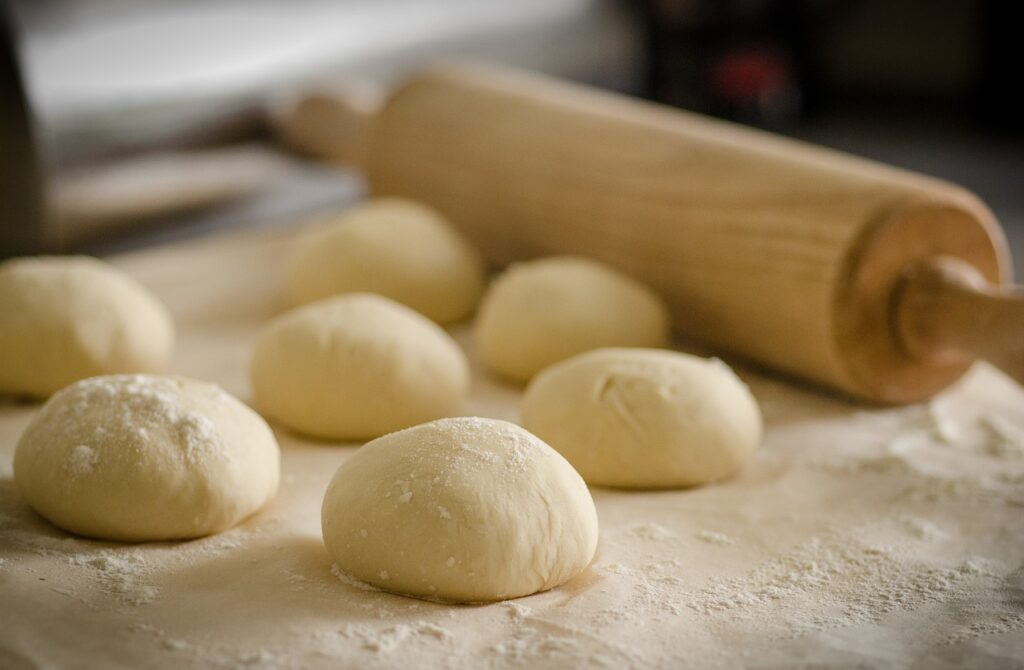
5. Food Festivals and Events on Mexico’s Beaches
If you’re looking to immerse yourself in Mexico’s vibrant food culture, attending food festivals and events on the country’s beaches is a must. Vallarta-Nayarit Gastronomica showcases the best of Banderas Bay’s culinary scene, featuring renowned chefs and local gastronomic delights. Oaxaca hosts a Mole Festival, where visitors can indulge in this rich and complex sauce made from a variety of ingredients. The Carnival of Veracruz is not only a celebration of music and dance but also a feast for food enthusiasts, with street vendors selling traditional Veracruz cuisine. The Mazatlán International Carnival combines music, dancing, and delicious food in a vibrant and colorful atmosphere. Other food festivals worth exploring include the Tulum Food, Spirits & Wine Festival, Sabor a Cabo, the International Gourmet Festival in Puerto Vallarta, the Rosarito Beach Food Festival, and the Cancun-Riviera Maya Wine & Food Festival.
6. Traditional Mexican Sweets and Desserts
No culinary journey through Mexico would be complete without indulging in its traditional sweets and desserts. Churros, fried dough pastries sprinkled with cinnamon sugar, are a popular treat enjoyed throughout the country. Tres Leches Cake, a sponge cake soaked in three milks (evaporated milk, condensed milk, and heavy cream), is a moist and decadent dessert. Arroz con Leche, Mexican rice pudding, is a comforting and creamy dish flavored with cinnamon and vanilla. Pastel de Elote, Mexican corn cake, combines the sweetness of corn with a moist and fluffy texture. Cajeta, a caramel sauce made from goat’s milk, is used as a topping or filling for various desserts. Other traditional Mexican sweets and desserts include Mexican Flan, Buñuelos (fried sweet dough), Mexican Hot Chocolate, Conchas (sweet bread with sugar topping), and Gelatinas (colorful Mexican jello desserts).
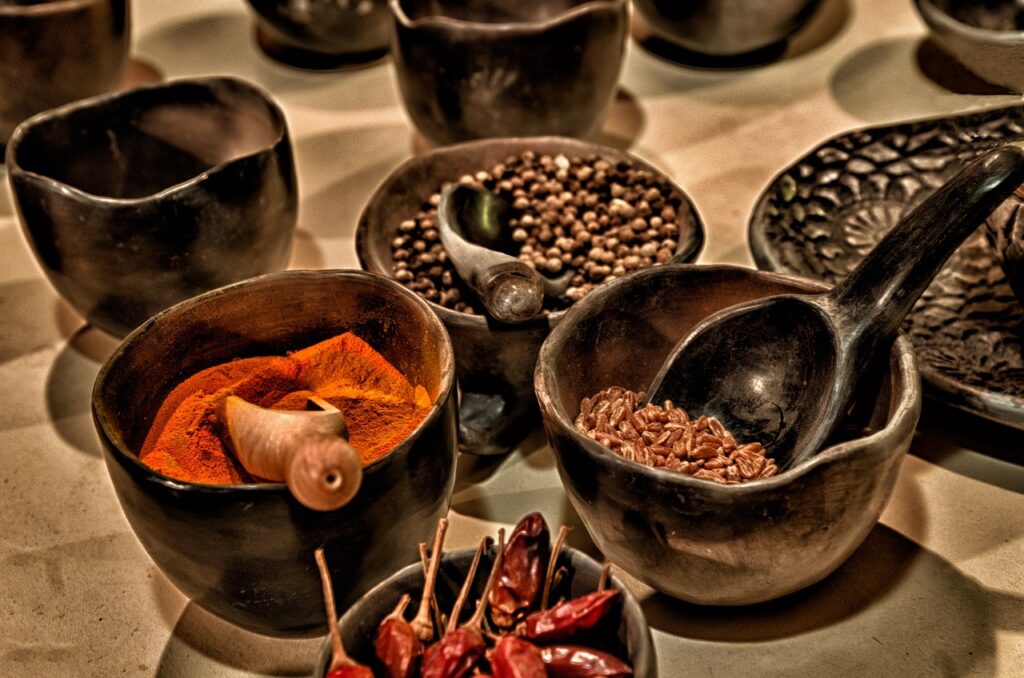
7. Traditional Mexican Beverages by the Beach
Quench your thirst with traditional Mexican beverages while enjoying the sun and sand. Micheladas, beer cocktails, are a popular choice for beachgoers, combining beer with lime juice, hot sauce, Worcestershire sauce, and spices. Agua Frescas, refreshing fruit waters, offer a variety of flavors, from classic horchata made with rice and cinnamon to tangy tamarind agua fresca. Mezcal, the smoky Mexican spirit, is perfect for those looking for a unique and bold taste experience. Tropical cocktails with agave spirits, such as piña coladas and margaritas, are sure to transport you to a beach paradise. Of course, no discussion of Mexican beverages would be complete without mentioning the classic Margarita, a tequila-based cocktail served with lime juice and salt. Café de Olla, traditional Mexican coffee brewed with cinnamon and piloncillo, provides a rich and aromatic pick-me-up. Horchata, a rice milk drink flavored with cinnamon and sometimes vanilla, offers a refreshing and creamy option. Mexican craft beers, known for their quality and diverse flavors, can be enjoyed alongside the beach. Other traditional Mexican beverages include Pulque, an ancient fermented beverage made from the sap of the maguey plant, and Tejuino, a fermented corn drink that is both sweet and tangy.
8. Culinary Influences of Mexico’s Coastal Indigenous Communities
The culinary landscape of Mexico’s coastal regions is deeply influenced by the indigenous communities that have called these areas home for centuries. Mayan culinary traditions, known for their use of corn, beans, and chili peppers, are still prominent in the Yucatan Peninsula. Aztec and Nahua culinary heritage is showcased in dishes like mole and tamales, which have become staples of Mexican cuisine. Zapotec gastronomy, with ingredients like squash blossoms and dried chilies, adds a unique touch to the culinary offerings in the Oaxaca region. The Mixtec people have contributed dishes like tlayudas, large tortillas topped with various ingredients, to the culinary repertoire of Mexico. The Huichol and Cora communities bring their own culinary practices, such as the consumption of deer meat and the use of wild herbs, to the table. Purépecha and Tarascan cuisines, characterized by dishes like Uchepos (corn tamales) and Charanda (sugar cane spirit), are prominent in Michoacan. The Seris, Yaqui, Mayo, Raramuri, and Triqui and Mixe communities each have their own unique culinary techniques and flavors that add to the richness of Mexico’s coastal cuisine.
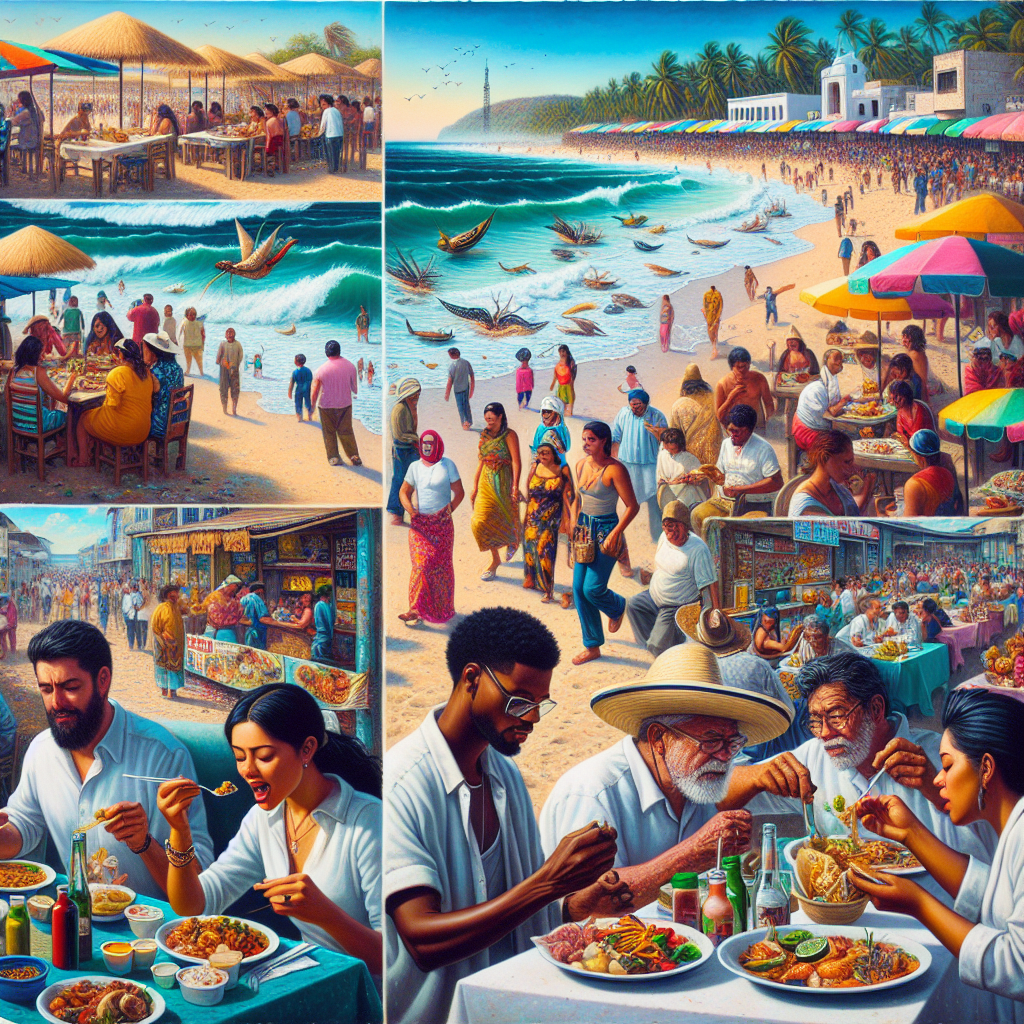
9. Sustainable Seafood Practices in Mexico
As awareness of environmental sustainability grows, so does the importance of practicing sustainable seafood in Mexico. Recognizing the need for responsible fishing practices, Mexico has implemented certifications and labels to identify sustainably sourced seafood. Local fishing techniques, such as using selective fishing gear and avoiding overfished species, help maintain the health of marine ecosystems. Coastal aquaculture plays a significant role in providing a sustainable seafood source, with farms following strict guidelines to minimize their impact on the environment. Sea turtle conservation is another important aspect of sustainable seafood practices, as turtles are protected during nesting season and their eggs are conserved. Government regulations and policies, educational initiatives, and the collaboration of fishermen and seafood businesses are all essential in ensuring the sustainability of Mexico’s seafood industry. Tourists and visitors can also contribute by making informed choices and supporting sustainable seafood restaurants. Notable sustainable seafood restaurants are leading the way in promoting ethical and responsible seafood practices. However, challenges still exist, and continued efforts are necessary to secure the future of sustainable seafood in Mexico.
10. Cooking Classes and Food Tours on Mexico’s Beaches
For those looking to immerse themselves in the culinary world of Mexico’s beaches, cooking classes and food tours provide exciting opportunities to learn, taste, and explore. Interactive cooking classes by the sea offer the chance to prepare traditional Mexican dishes under the guidance of experienced chefs. Market tours and ingredient sourcing activities allow participants to discover local produce and learn about the importance of fresh and high-quality ingredients in Mexican cuisine. Mexican wine tastings and pairings provide a unique experience to savor the flavors of Mexico’s vineyards while enjoying the beach ambiance. Cacao farm visits and chocolate workshops offer a glimpse into the world of Mexican chocolate and its significance in the country’s culinary history. Taco crawls and street food tours take participants on a flavorful journey through the vibrant street food scene, where they can sample a variety of tacos and other Mexican delicacies. Beachside food truck experiences provide a casual and laid-back setting to enjoy delicious street food favorites. Mayan cooking workshops in Tulum dive into the ancient culinary traditions of the region, while seafood cooking classes in Veracruz highlight the coastal influences on Mexican cuisine. Salsa and Mezcal tastings in Oaxaca offer the chance to explore the spicy and smoky flavors of these traditional Mexican staples. Culinary expeditions in Baja California allow participants to discover the region’s unique blend of Mediterranean and Mexican flavors. Whether you choose to take a cooking class, embark on a food tour, or combine both, these culinary experiences will enhance your knowledge and appreciation of Mexico’s coastal cuisine.
